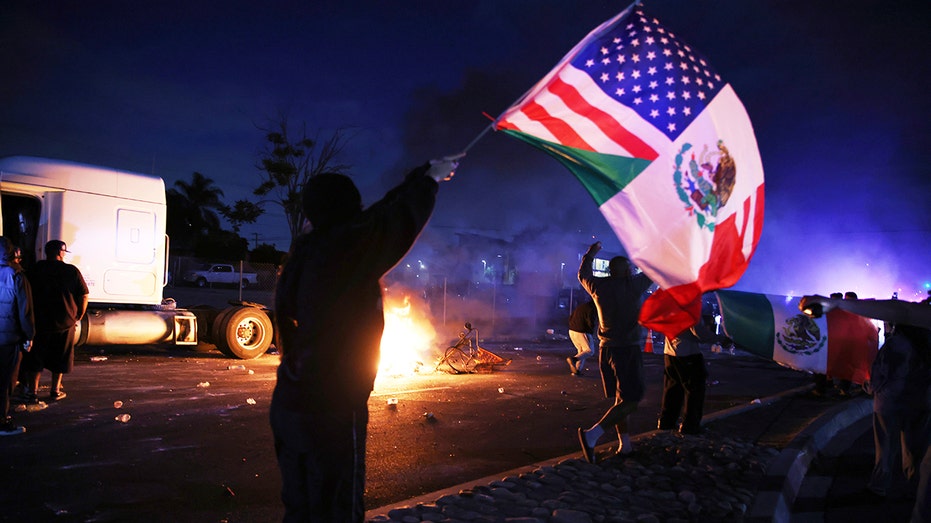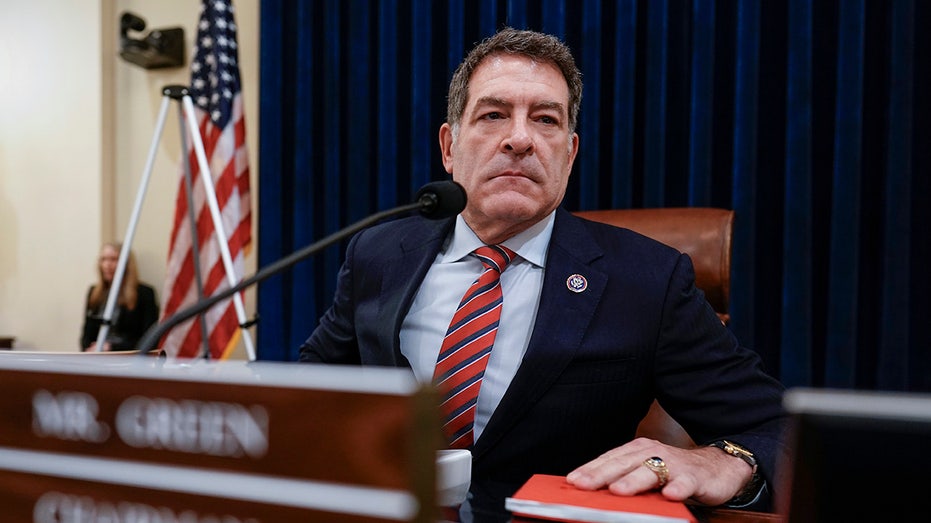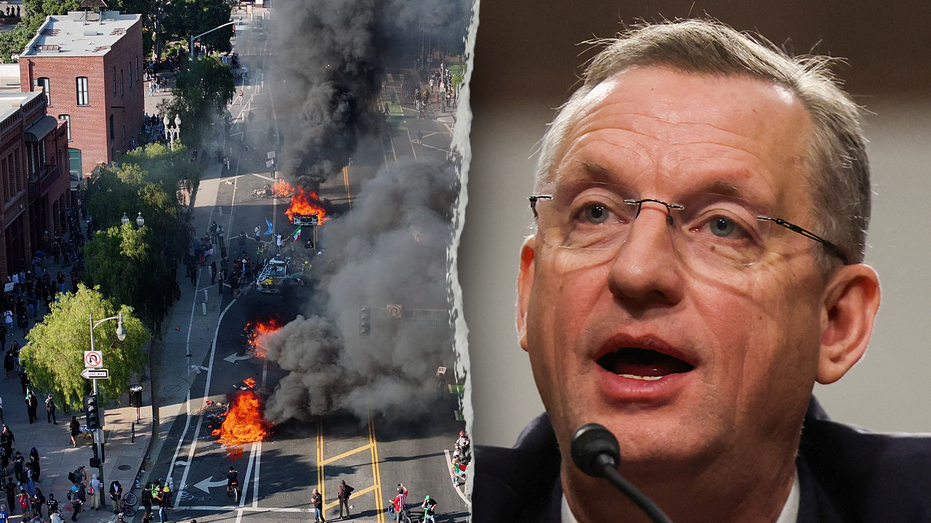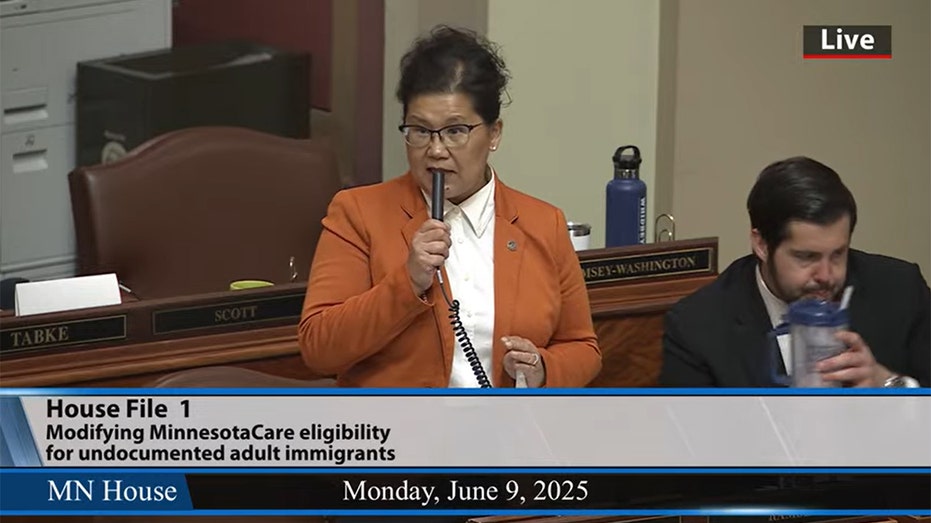Dozens of Anti-ICE Protesters Arrested in Los Angeles as Trump Deploys National Guard to Suppress Violence
Dozens arrested in Los Angeles during violent anti-ICE protests, with charges including assault on police and attempted murder as National Guard troops deploy.

Dozens of protesters have been arrested after a tumultuous weekend in Los Angeles, as escalating unrest gripped the city over intensifying immigration raids conducted by federal authorities. The protests, which began peacefully on Friday, rapidly descended into violence by Sunday evening, with law enforcement agencies reporting widespread property damage and confrontations with demonstrators.
According to officials, 41 individuals were arrested during the height of the anti-Immigration and Customs Enforcement (ICE) demonstrations. The Los Angeles Police Department accounted for 21 arrests, the California Highway Patrol detained 19 people, and one individual was taken into custody by the Los Angeles Sheriff’s Department. Charges range from failure to disperse and looting, to more serious accusations like assault with a deadly weapon on a police officer and arson. Authorities disclosed that one suspect was arrested for attempted murder after allegedly throwing a Molotov cocktail at officers during the chaos.
The unrest erupted in the wake of widespread ICE operations targeting undocumented immigrants in the city’s garment district. Community outrage quickly mounted, leading to mass gatherings that spilled onto major roadways and key city landmarks. By Saturday night, the clashes had intensified, with demonstrators setting multiple self-driving electric vehicles ablaze—triggering explosions and thick plumes of smoke across downtown Los Angeles.
As violence spread, demonstrators converged on locations such as the LAPD headquarters, where windows were smashed and police responded with crowd-control measures. The situation escalated further on Sunday, prompting authorities to declare an unlawful assembly and effectively lock down significant portions of the city center. Protesters also temporarily blocked the 101 Freeway, halting traffic until the area could be cleared by state police.
In response to the deteriorating conditions, President Donald Trump ordered the deployment of 2,000 National Guard troops to the region, with several hundred arriving over the weekend. "We made a great decision in sending the National Guard to deal with the violent, instigated riots in California," Trump said in a public statement, emphasizing his administration’s commitment to restoring order. National Guard personnel were seen guarding the Metropolitan Detention Center and other critical sites as tensions remained high.
This federal intervention has drawn strong criticism from local leaders, including California Governor Gavin Newsom, who denounced the use of military force and signaled a forthcoming legal challenge. "This is about authoritarian tendencies," Newsom stated, arguing that the move undermines fundamental democratic values and the autonomy of local governance.
ICE officials reported that their teams had arrested 118 undocumented immigrants during the recent sweeps, including several individuals identified as gang members. Homeland Security representatives defended the enforcement actions, asserting that they are necessary to protect citizens from violent offenders. Meanwhile, critics accused the administration of provoking unrest and jeopardizing community trust through aggressive tactics.
As dusk fell on Sunday, the streets of Los Angeles remained tense. The LAPD urged residents and protesters alike to vacate the downtown area immediately, while city officials braced for the possibility of further demonstrations. With the National Guard deployed and downtown under lockdown, the city’s leadership faces renewed scrutiny over their handling of both civil unrest and immigration enforcement policies.
Many in Los Angeles now wait anxiously to see whether calm can be restored or if the latest wave of protests signals deeper divisions ahead in the ongoing national debate over immigration and public safety.




